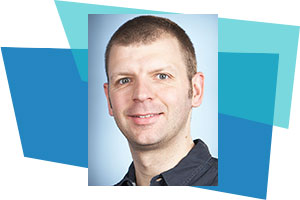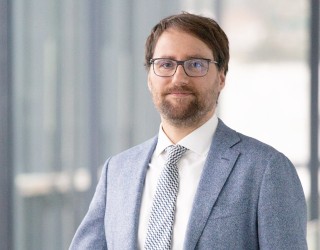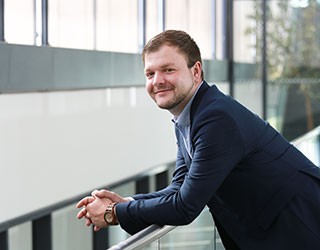The support: Together with SICK, Fraunhofer IESE develops a modular function block for human-machine integration
The collaboration between SICK and Fraunhofer IESE focused on the engineering of a specific function block for collaborative applications, where humans and machines share the same workspace. While embedding the function block into a real-world application helped to identify assumptions about the relevant context, the function block itself was developed as generically as possible to ensure maximum flexibility and reusability.
The individual project steps – from block model to safety case
Using a service-oriented approach, the first step of the model-based engineering approach was to create a block model of the overall architecture of the application. On the basis of this service architecture, the horizontal interfaces to other services and the vertical interfaces to the platform services were identified. Comprehensive and service-specific lists of guidewords were used to analyze each individual interface and to identify all their relevant failure modes. The corresponding failure logics were then constructed using component fault trees. While focusing on the modular services during the analysis, combining the individual component fault trees for the overall system ensured completeness on the system level. In the third and final step, the analysis was used to build a safety case providing a comprehensive and indispensable argumentation for the overall safety.
The model-based approach ensures that each of the three artifacts – service block diagram, component fault tree, and safety case – can be reused in other projects, along with the corresponding function block.



